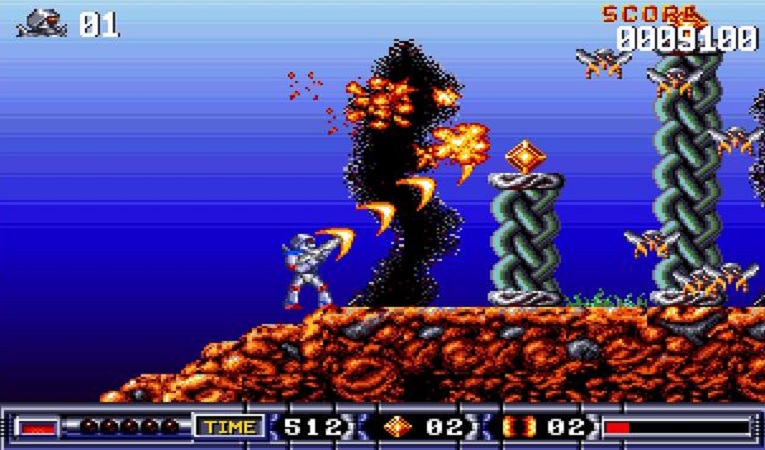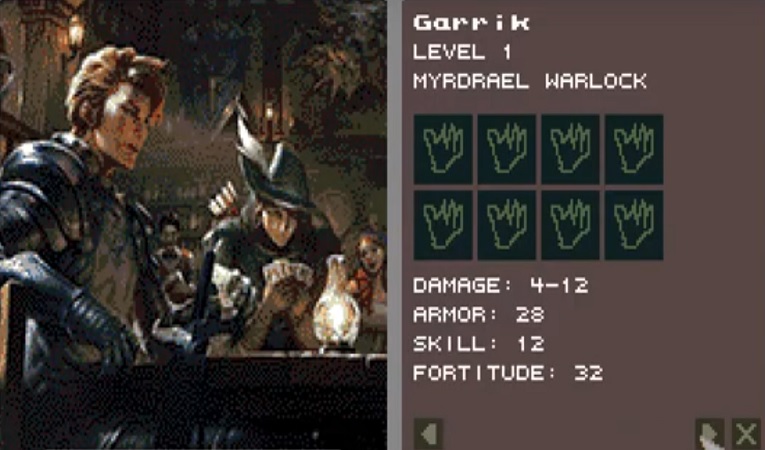
In the age of modern gaming consoles and mobile devices, it might seem surprising to consider the impact of vintage technology like the Amiga computer on today’s children. However, introducing kids to Amiga games can offer unexpected benefits that go beyond mere nostalgia. The Amiga’s unique blend of creativity, problem-solving, and immersive experiences can foster valuable skills and qualities in children. Amiga games often have simplistic graphics compared to today’s high-definition games. However, this limitation encourages players, especially children, to use their imagination and creativity to fill in the gaps. With less detailed visuals, kids must rely on their minds to visualize and envision the game world, characters, and scenarios. This exercise of imagination nurtures creativity and allows children to develop a unique interpretation of the game.

Many Amiga games are known for their challenging puzzles and problem-solving elements. As children engage with these games, they encounter obstacles that require analytical thinking, critical reasoning, and trial-and-error approaches. This fosters the development of problem-solving skills as kids learn to strategize, adapt, and persevere to overcome challenges within the games. Introducing children to Amiga games offers a glimpse into the gaming history of the late ’80s and early ’90s. It provides an opportunity for kids to understand the roots of modern gaming and appreciate the technological advancements that have occurred over the years. Understanding the history of gaming can foster a sense of appreciation for the evolution of technology and its impact on society. Unlike modern games that often provide instant gratification and continuous rewards, Amiga games may require significant effort and time to progress. Children playing these games learn the value of patience and delayed gratification, as they work hard to achieve their goals and experience the satisfaction of overcoming challenges after extended periods of dedication. Amiga games, with their simple controls and fast-paced gameplay, demand precise hand-eye coordination.

Children who regularly engage with these games can develop and refine their motor skills and reaction times. Amiga games often provided multiplayer options, either through split-screen or hot-seat modes, where players could take turns playing. Kids playing together on the same system or sharing experiences through storytelling can enhance social interaction and cooperation. They learn to take turns, share strategies, and work as a team to achieve common goals. Amiga games could be notoriously difficult, requiring players to face repeated failures before finally succeeding. Playing such games can teach children the importance of persistence and resilience in the face of challenges. They learn not to give up easily, valuing the process of improvement and growth as they strive to master the game. Amiga games may belong to a bygone era, but their impact on children today goes beyond nostalgia. These classic games provide unexpected benefits, fostering creativity, problem-solving skills, historical awareness, patience, hand-eye coordination, social interaction, persistence, reading abilities, and an appreciation for retro aesthetics. As parents and educators, we can utilize the unique experiences offered by Amiga games to supplement modern educational tools and help children develop essential life skills. By embracing the timeless appeal of Amiga games, we can create a well-rounded and enriching gaming experience for the next generation.
image source: image by Freepik














